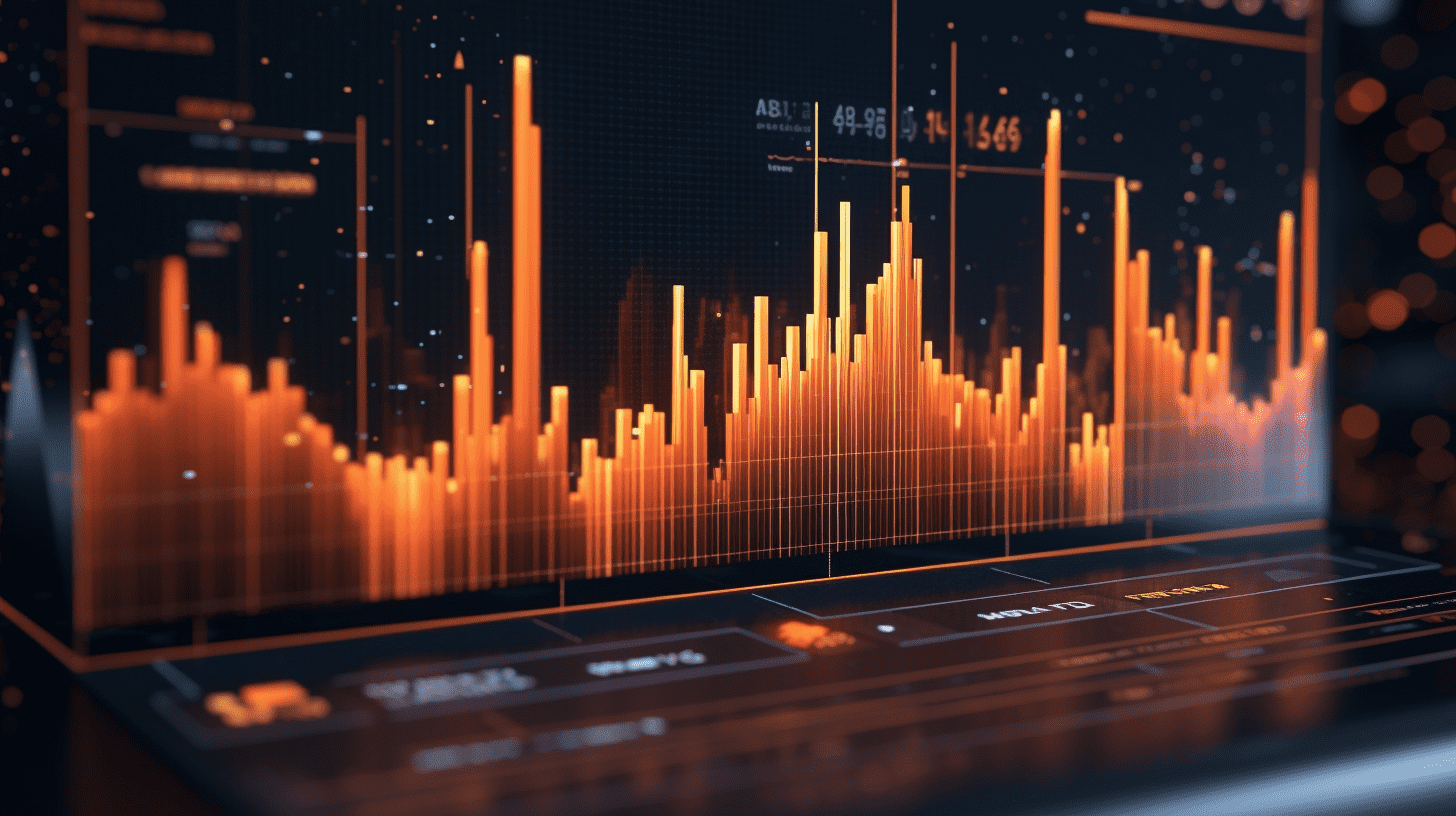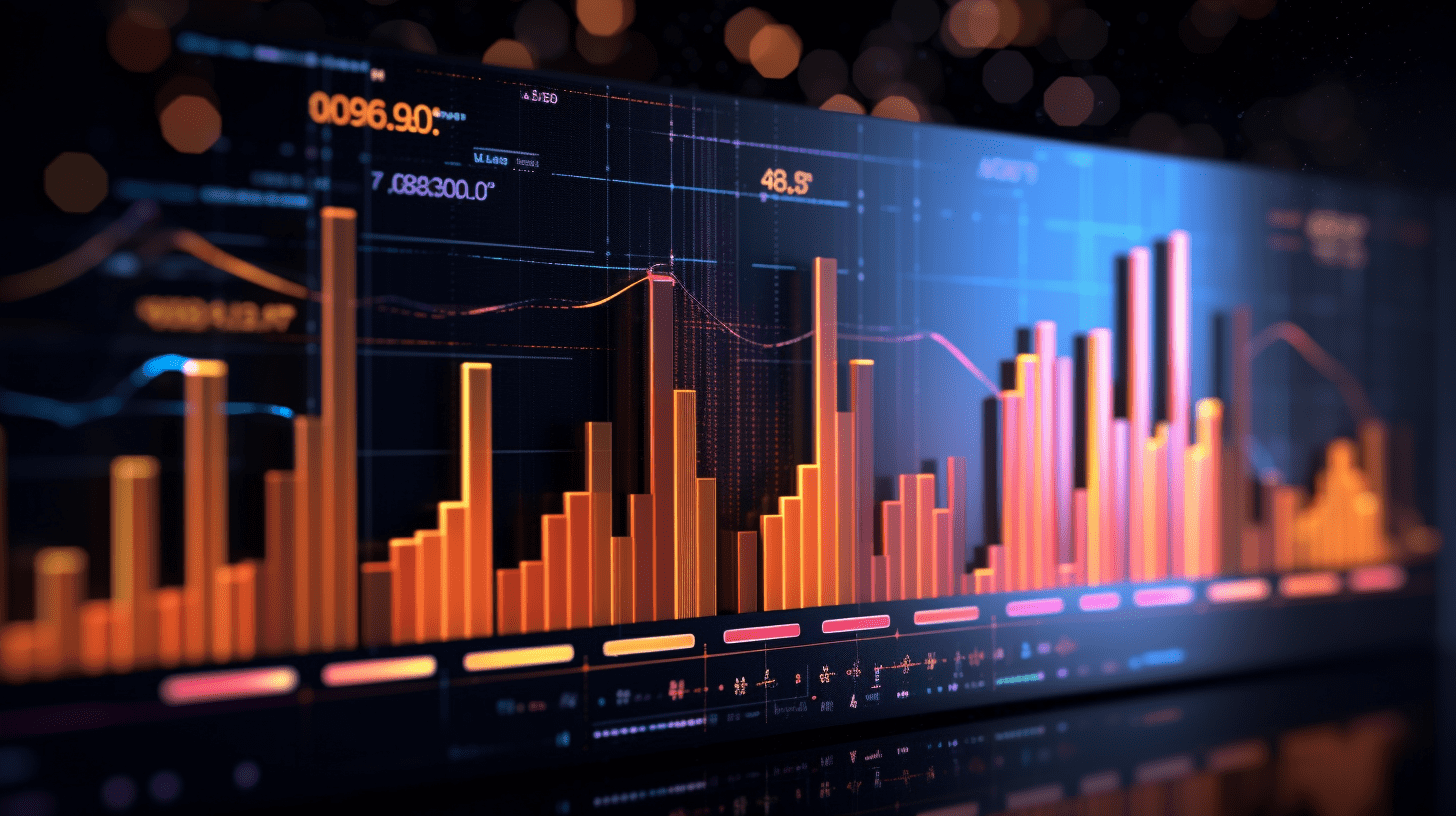
"High volatility and low liquidity" negative feedback, declining risks underestimated, Goldman Sachs still bearish on US stocks in the short term.
On the 11th, Goldman Sachs released a deep research report on the US stock market. Analysts believe that the current market is in a dangerous cycle of poor liquidity and high volatility, with policy uncertainty and economic outlook concerns making the market extremely sensitive to news flow.
Goldman Sachs' analysis shows that the current weekly volatility of the S&P 500 index has climbed to the highest level since the pandemic, while market liquidity has sharply declined in the past month, approaching dangerous levels.
Although a light position provides potential upside in the event of policy and economic outlook improvement, the market may be too optimistic and overlook the possibility of an economic recession.
Goldman Sachs maintains a three-month target price of 5300 points for the S&P 500 index, but believes that short-term risks are biased towards the downside, and advises investors to remain cautious in this high-volatility, low-liquidity environment.
Market volatility and liquidity deteriorate: Feedback loop exacerbates
Goldman Sachs stated that the current weekly volatility of the S&P 500 index has climbed to the highest level since the COVID-19 pandemic, with the VIX index soaring to 52 earlier this week, and the S&P 500 index experiencing its largest two-day trading range since the global financial crisis.
On April 5th, the S&P 500 index fell by 6%, reflecting market concerns about the tariff announcement on April 2nd; while on Wednesday this week, the index rebounded by 10%, marking the third best single-day performance since 1950.
At the same time, Goldman Sachs' S&P 500 liquidity tracker shows that market liquidity has sharply declined in the past month, although still above the low point of 2020, it is nearing dangerous levels.
Specifically, on April 7th, the bid-ask spread of median stocks in the S&P 500 index soared to 22 basis points, although still higher than the levels during the low point of the pandemic in 2020.
This deterioration in high volatility and market liquidity forms a feedback loop. In the case of inadequate liquidity, the breadth of market returns distribution will widen, leading to greater price fluctuations.
The risk of an economic recession is underestimated, Market optimism and reality deviate from each other
The report emphasizes that although the market has a slight positioning towards improvements in policy and economic outlook, which may bring upside potential, the market has not fully reflected the high risk of an economic recession.
Goldman Sachs' investor sentiment index rose from -2.5 to -1.7 this week, mainly due to large inflows into US ETFs. Based on Goldman Sachs' analysis, the market is near the S&P index three-month target price of 5300 points, but short-term risks are biased towards the downside.
However, the forward price-to-earnings ratio (P/E) of the S&P 500 index is currently 19 times, in the 75th percentile over the past 30 years, far higher than the levels during major market downturns in recent years. This suggests that the market may be too optimistic and overlook the possibility of an economic recession.
Goldman Sachs' report also provides a detailed analysis of the performance of different industries and sectors. For example, the information technology sector, with a weight of 30%, performed the best in the past week, while the energy sector performed the worst. Specifically, the information technology sector rose by 0.2% in the past week, while the energy sector fell by 11.3%.
This article is reproduced from "Wall Street News"; GMTEight Editor: Li Fo.
RECOMMEND
©️2013 - 2025 GMT EIGHT Holdings. All Rights Reserved.
Contact: [email protected]


